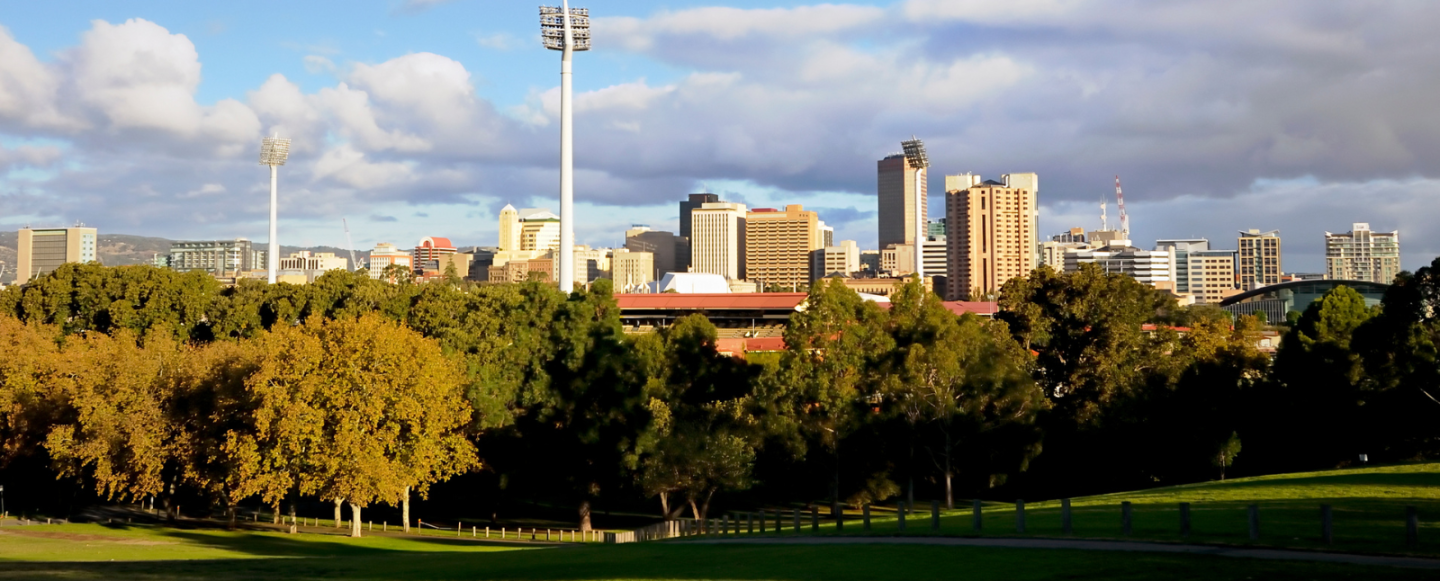Regulated tree reforms - important details and considerations for Councils
20 May 2024
The Planning, Development and Infrastructure (General) (Regulated and Significant Trees) Amendment Regulations 2024 were Gazetted with immediate effect late on Thursday 16 May 2024.
The regulations impose tree protections that are significantly stronger than those which existed under the former Development Act 1993 (prior to the commencement of the Development (Regulated Trees) Variation Regulations 2011 on 17 November 2011) and are, arguably, the strictest in Australia.
In this Alert we provide Councils with ‘food for thought’ on the key changes. This is with a view to enforcement and compliance considerations, as well as the need to educate the community on these new obligations and responsibilities.
1. Changes to trunk circumferences
1.1 ‘Regulated trees’ are now trees within a designated regulated tree overlay in the Planning and Design Code with a circumference of 1 metre or more (instead of 2 metres) measured at a point 1 metre above natural ground level.
1.2 Trees that have multiple trunks, where those trees have a total circumference of 1 metre or more (instead of 2 metres) measured 1 metre above natural ground level and an average circumference of 310mm or more (instead of 625mm), are also a ‘regulated tree’.
1.3 The definition of ‘significant tree’ has been amended. It is now a ‘regulated tree’ that has a trunk with a circumference of 2 metres or more (instead of 3 metres) measured at a point 1 metre above natural ground level.
2. Changes to exemptions
2.1 Prior to 16 May 2024, regulated or significant trees within 10 metres of an existing dwelling or swimming pool were exempt from being a regulated or a significant tree except where it was a Willow Myrtle or a Eucalyptus.
2.2 The exemptions have been changed. Trees within 3 metres or an existing dwelling or swimming pool are not regulated or significant trees except where they are a Willow Myrtle, Eucalyptus, Angophora or Corymbia – i.e. the species that are generally, generically, known as ‘gum trees’.
3. Crown pruning
3.1 There is now a limit on the frequency whereby 30% of the crown of a tree can be removed for the purposes of:
3.1.1 removing dead or diseased wood;
3.1.2 branches that pose a material risk to a building; or
3.1.3 branches of a tree that is located in an area frequently used by people and the branches pose a material risk to such people
3.2 Such pruning can now only take place every 5 years.
4. Key considerations for Councils
4.1 Councils subject to the Regulated and Significant Tree Overlay under the Planning and Design Code must now update their websites and information guides to reflect the new ‘rules’.
4.2 We anticipate that over the coming months, many people will, unintentionally, undertake tree-damaging activity to regulated trees because they are unaware of the changes – increased awareness of the changes will assist in avoiding such situations.
4.3 Unfortunately, it is often the experience that regulated and significant trees are intentionally poisoned or removed for various motives, including a desire to increase the development potential of land, to avoid the inconvenience of leaf litter or other ‘impacts’ from neighbouring trees or, simply, as they are undesirable. Dead regulated and significant trees can still be lawfully removed and/or damaged pursuant to clause 18 of Schedule 4 to the PDI (General) Regulations. As such, we expect that compliance and enforcement action in this space will still be frequent and in relatively high volumes.
4.4 When development applications are being reviewed for verification processes, we recommend that the subject sites be viewed in “Satellite” or “Hybrid” view in SAPPA or on other aerial imagery services to ‘screen’ for potential regulated or significant trees which may be damaged by proposed development.
4.5 It has been our experience that many applicants do not appreciate that, relatively ‘straightforward’ developments such as the construction of a dwelling or a swimming pool may result in tree-damaging activity through root damage to regulated and significant trees, particularly when they are located on neighbouring properties.
4.6 Taking a pro-active approach in assisting applicants to identify potential tree-damaging activity posed by their applications, will assist in proper avoidance or, if unavoidable, appropriate dealing in their application, ahead of time. This will assist in avoiding unfortunate/inadvertent breaches of the PDI Act and related consequences.
If you have any questions, please do not hesitate to contact Victoria Shute on 08 8113 7104 or vshute@kelledyjones.com.au

